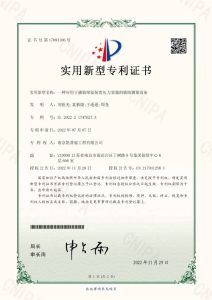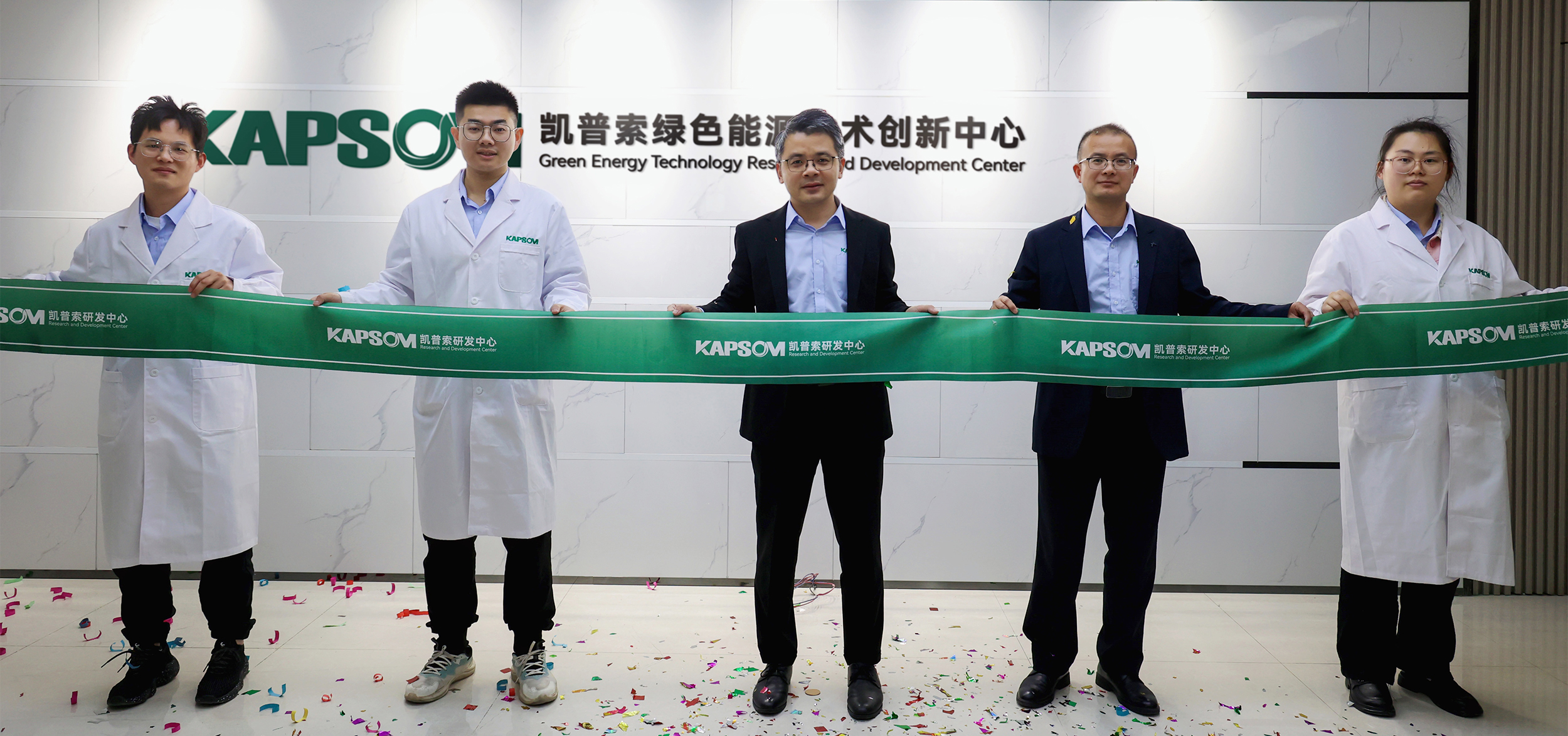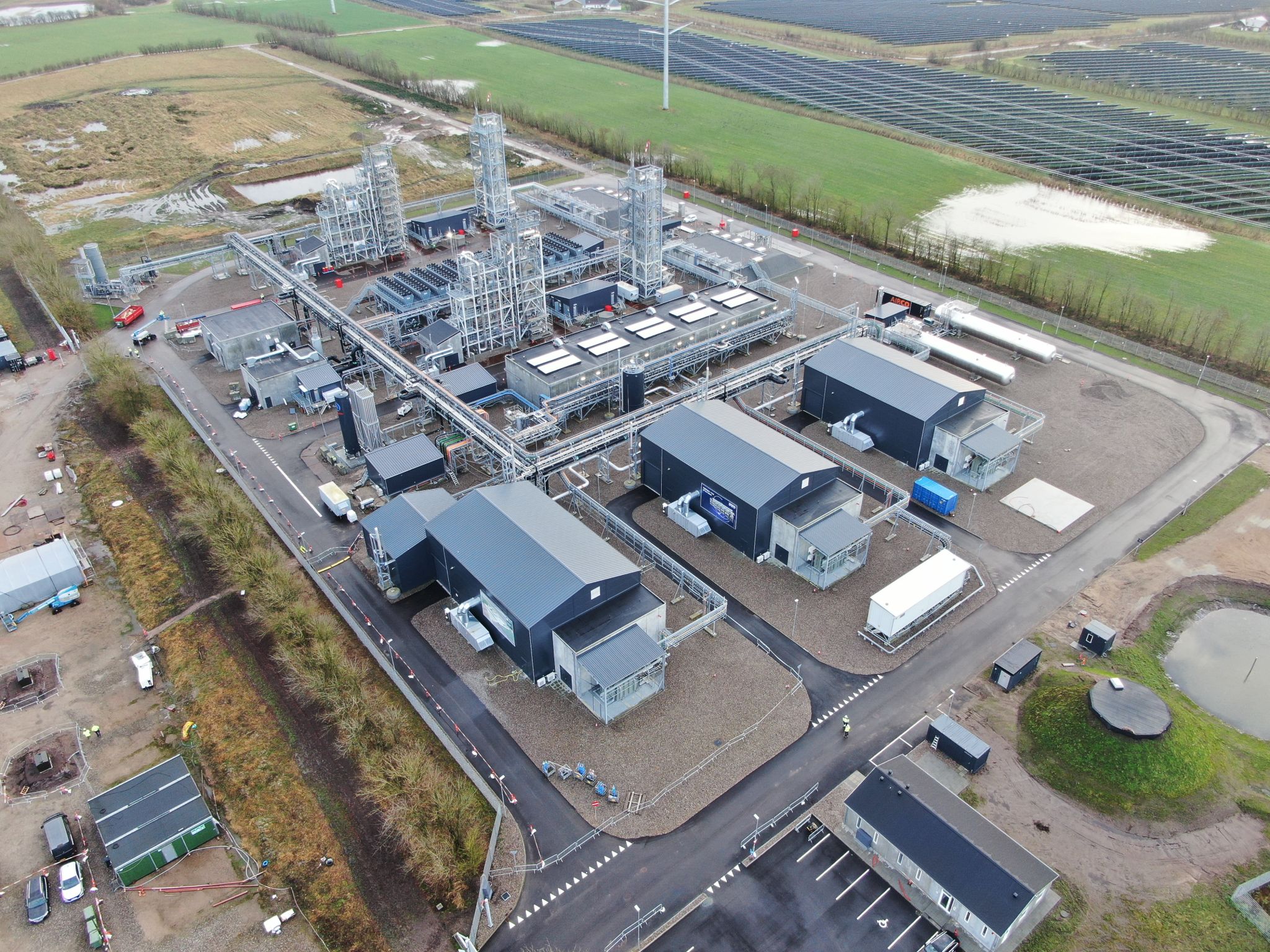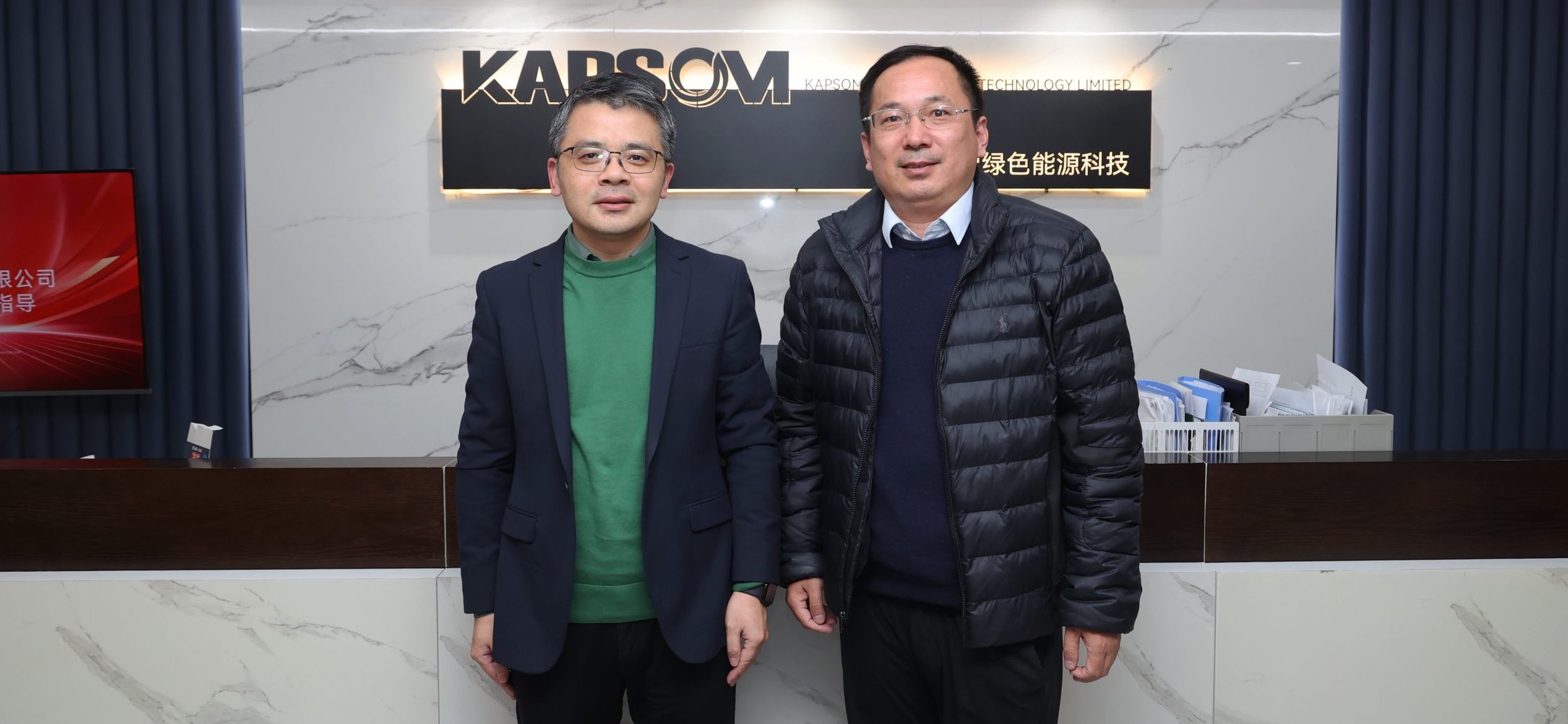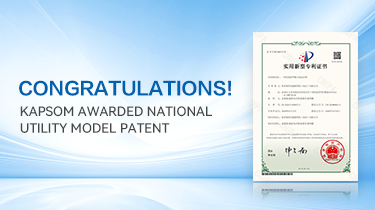In December 2022, KAPSOM won a utility model patent certificate entitled “Auxiliary Measuring Equipment Applied to Pressure Vessels of Skid-mounted Green Ammonia Plants”.
The skid-mounted green ammonia plant is small in scale and relatively flexible in operation. Different pressure vessels are used in different process steps such as cold and heat exchange, gas-liquid separation, and liquid ammonia storage. These pressure vessels often need to measure density and liquid level at the same time. In the meantime, the composition ratio of liquid ammonia product is different in each step, and analytical instruments need to be installed.
In liquid level and density instruments, the method of measuring through differential pressure transmitters is widely used. In the analytical instrument, the plug-in probe is installed in direct contact with the medium in the pressure vessel, and the measured value is directly sent to the device control system by the transmitter to generate a 4~20mA signal. In the traditional installation way, the pressure vessel needs to reserve multiple interfaces for instrument installation, and the installation and maintenance of the instrument must be considered at the same time during installation, which increases the skid space and easily causes the instrument Insufficient installation location or narrow space for later inspection and maintenance. Meanwhile, the cleaning and calibration of the instrument can only be dismantled and carried out in the laboratory. Repeated disassembly and assembly will greatly reduce the service life and measurement accuracy of the instrument.
Since 2021, KAPSOM has organized a number of technical experts to develop a new type of auxiliary measurement equipment for the pressure vessel of the skid-mounted green ammonia plant. Different from the traditional method, after the utility model is matched with the pressure vessel, the analysis instrument is shifted and installed, and the liquid level and density share one instrument. On the premise of keeping the original functions unchanged, functions such as reducing device costs, improving operation and maintenance efficiency, and reducing installation difficulty can be realized.
